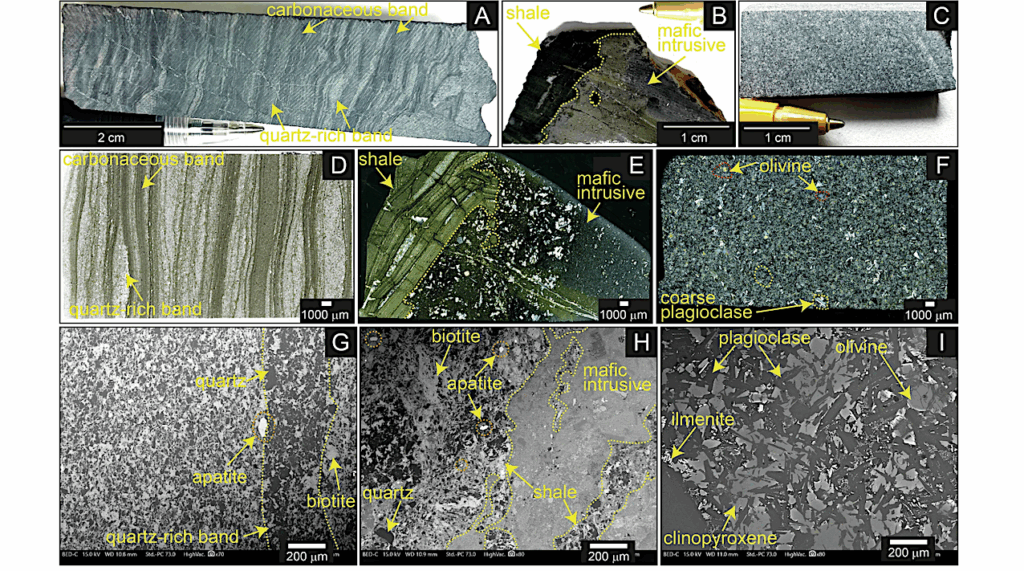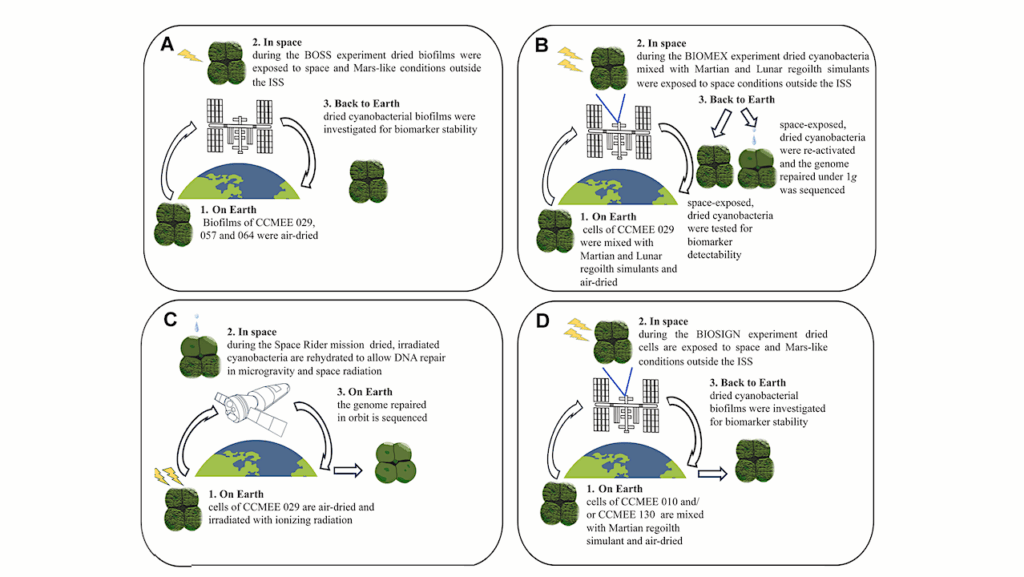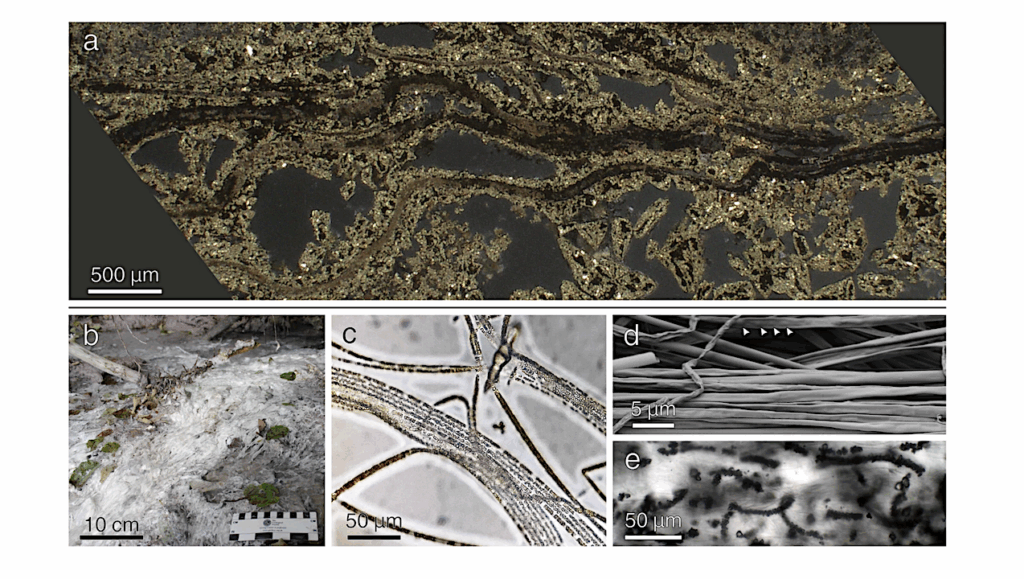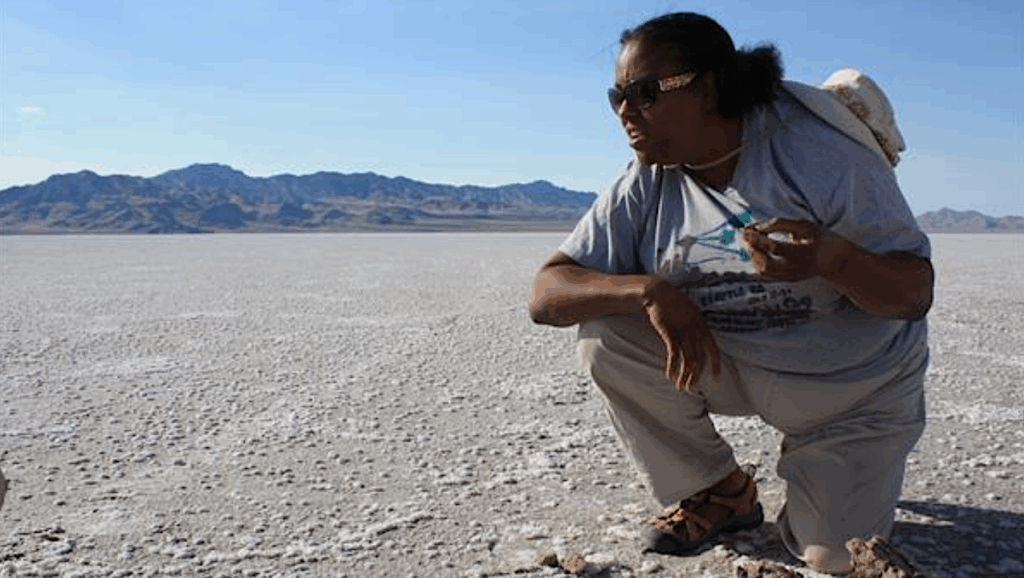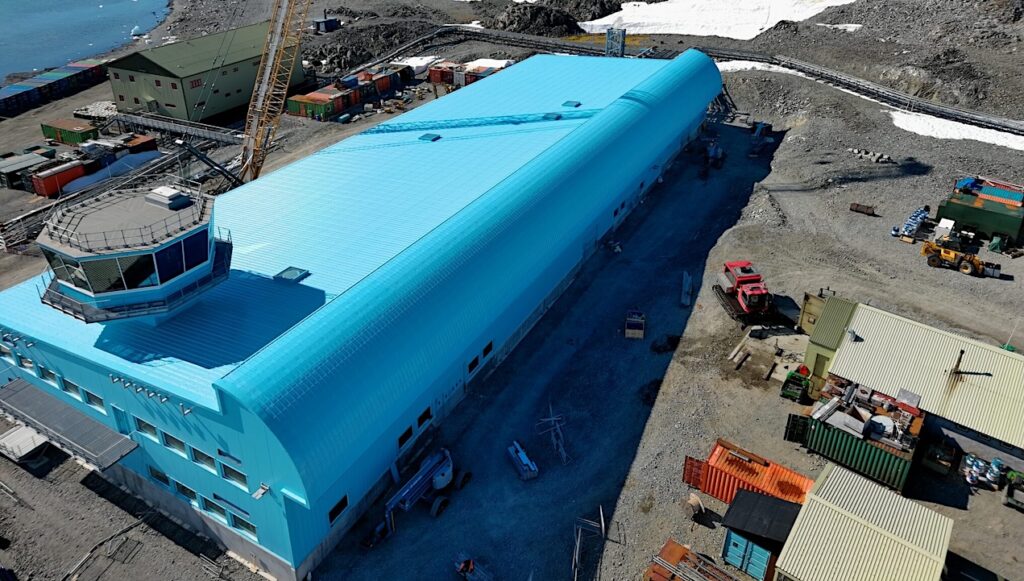Tricorder Tech: Antibody Resistance to Space Conditions after Exposure Outside the International Space Station

Antibody-based analytical instruments are under development to detect signatures of life on planetary bodies. Antibodies are molecular recognition reagents able to detect their target at sub-nanomolar concentrations, with high affinity and specificity.
Studying antibody binding performances under space conditions is mandatory to convince space agencies of the adequacy of this promising tool for planetary exploration. To complement previous ground-based experiments on antibody resistance to simulated irradiation, we evaluate in this paper the effects of antibody exposure to real space conditions during the EXPOSE-R2 mission outside the International Space Station.
The absorbed dose of ionizing radiation recorded during the 588 days of this mission (220 mGy) corresponded to the absorbed dose expected during a mission to Mars. Moreover, samples faced, at the same time as irradiation, thermal cycles, launch constraints, and long-term storage.
A model biochip was used in this study with antibodies in freeze-dried form and under two formats: free or covalently grafted to a solid surface. We found that antibody-binding performances were not significantly affected by cosmic radiation, and more than 40% of the exposed antibody, independent of its format, was still functional during all this experiment.
We conclude that antibody-based instruments are well suited for in situ analysis on planetary bodies.
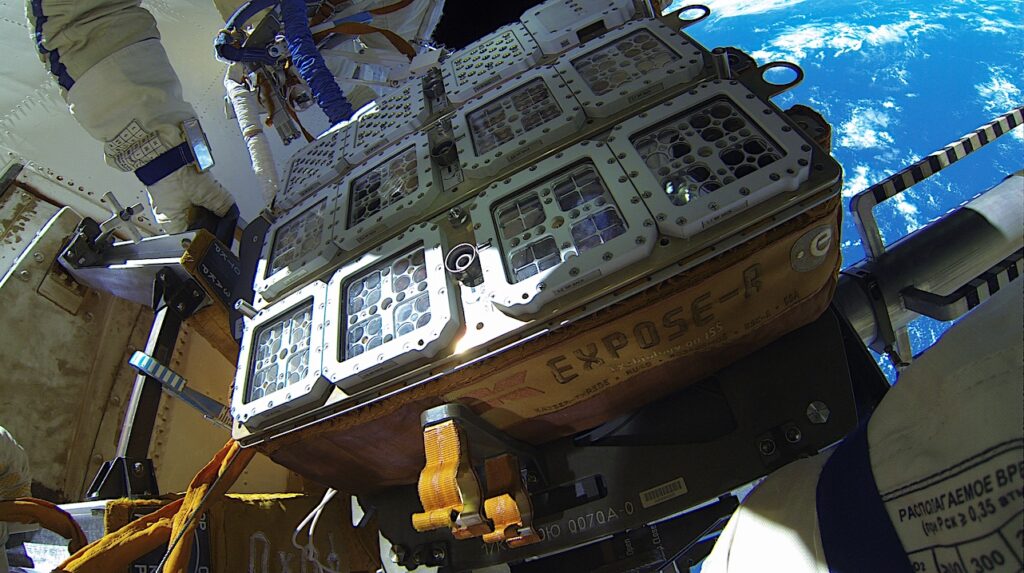
The Expose-R2 facility on the International Space Station. As part of ESA’s Expose-R2 project, 46 species of bacteria, fungi and arthropods are inside those containers as they spend 18 months bolted to the outside of the International Space Station. The vacuum of space is sucking out the water, oxygen and other gases in the samples. Their temperature can drop to –12°C as the Station passes through Earth’s shadow, rising to 40°C at other times, and undergoing a similar process to the freeze-drying used to preserve foods. The Expose experiments are exploring the limits of terrestrial life, whether the organisms can survive in space and how the full blast of solar radiation is affecting accompanying chemicals. — ESA (larger image)
Photochemistry on the Space Station-Antibody Resistance to Space Conditions after Exposure Outside the International Space Station, Astrobiology via PubMed. 2019 Aug;19(8):1053-1062. doi: 10.1089/ast.2018.1907. Epub 2019 Feb 28.
Astrobiology, microgravity,


